Development of Glass with Controlled Heat Resistance (Strain Point) & Softening Point

Glass offers excellent heat resistance compared to resin and is commonly used in high-temperature environments. By adjusting its composition, we can control the heat resistance of the glass. For display substrates, glass must maintain its shape with no deformation at temperatures as high as possible.
In sealing applications, on the other hand, the glass must soften and deform at temperatures matching the heat resistance of the material being sealed. We develop and provide a variety of glass materials, from those with high-temperature resistance to those designed to soften at lower temperatures for sealing purposes.
Glass with Controlled Heat Resistance (Strain Point)
The strain point refers to the temperature at which internal stress in the glass can be relieved within a few hours without causing distortion, even when the glass is rapidly cooled. It corresponds to the temperature at which the viscosity of the glass reaches 1014.5 dPa·s. Below this temperature, thermal stress is almost nonexistent, making it a critical benchmark for heat resistance.
Glass substrates have higher heat resistance than resins and are often used in high-temperature heat treatment processes. These substrates must not only withstand heat but also maintain minimal dimensional changes. For example, during the manufacturing process of display substrates, glass substrates are heat-treated at temperatures between 550°C and 600°C. Therefore, glass substrates with low thermal compaction due to structural relaxation, that is, the one with high dimensional stability are essential in this temperature range. By adjusting the glass composition, we have developed high strain point glass (OA-11, OA-20, OA-31) to enhance heat resistance for specific applications.
Additionally, our Super Heat-resistant Glass-ceramic: Neoceram, improves the heat resistance of the residual glass after crystallization. With exceptional heat resistance in the range of approximately 750°C to 850°C, it is used in applications such as glass-ceramics for cooking appliance top plates (StellaShineTM) and fire-rated glass (FireLite).
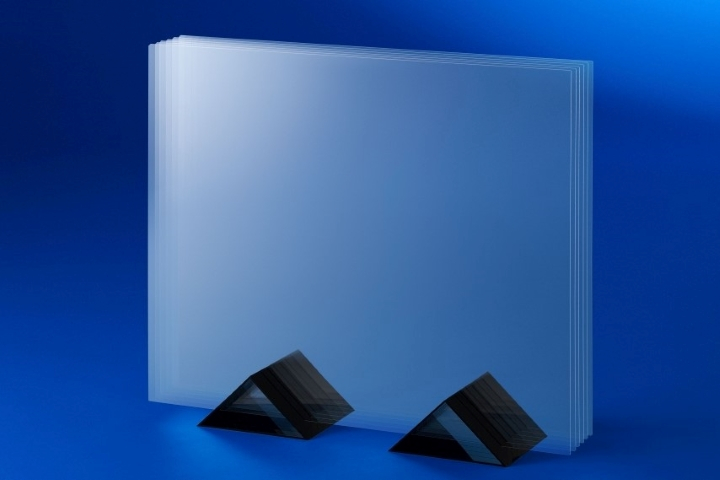
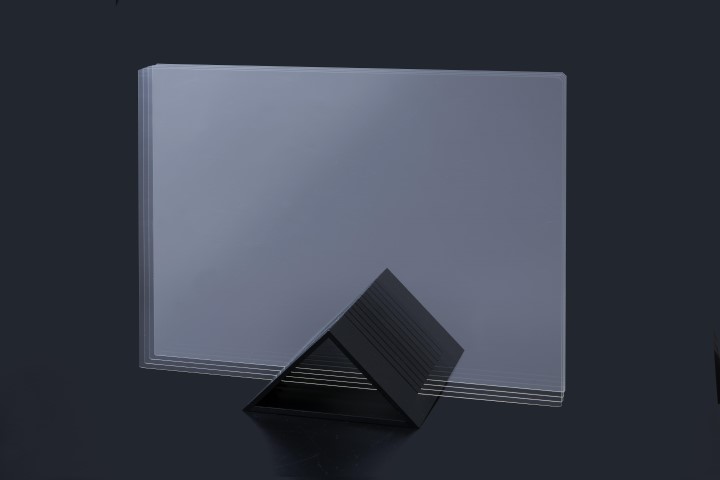
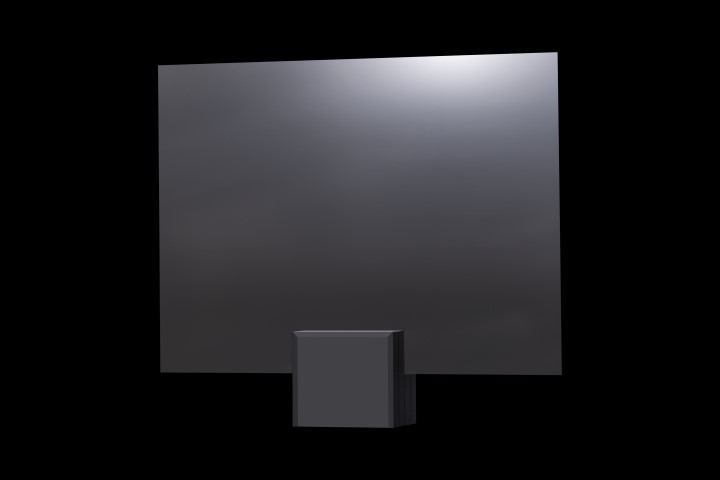
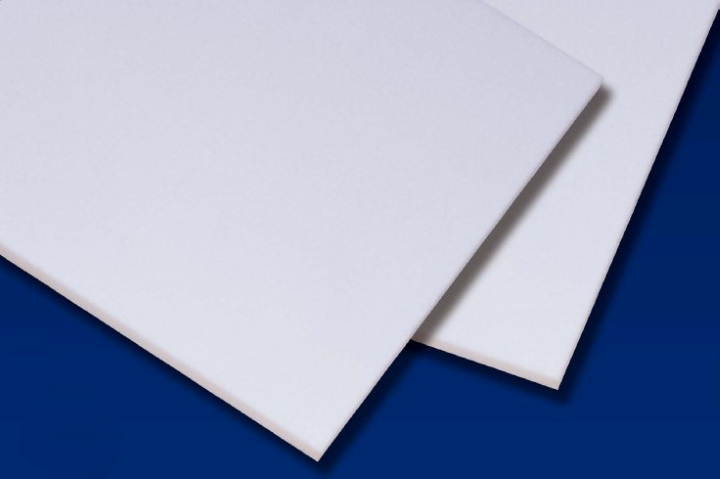
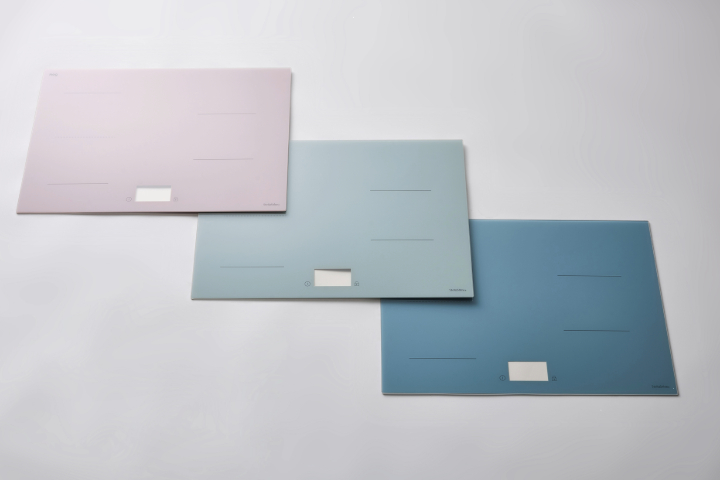
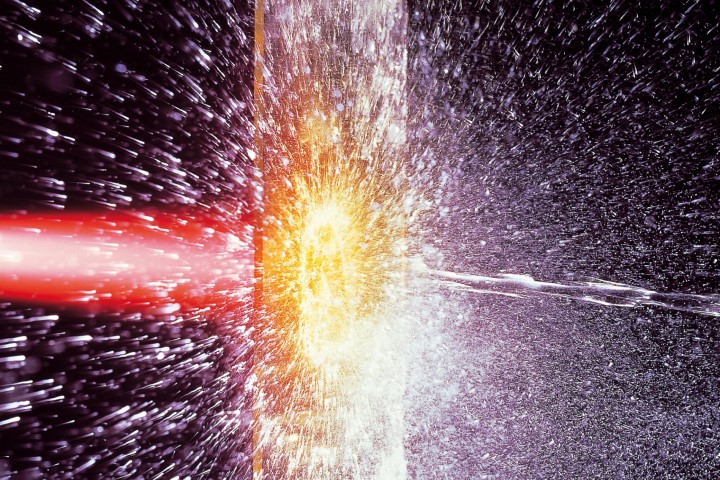
Glass with Controlled Softening Point
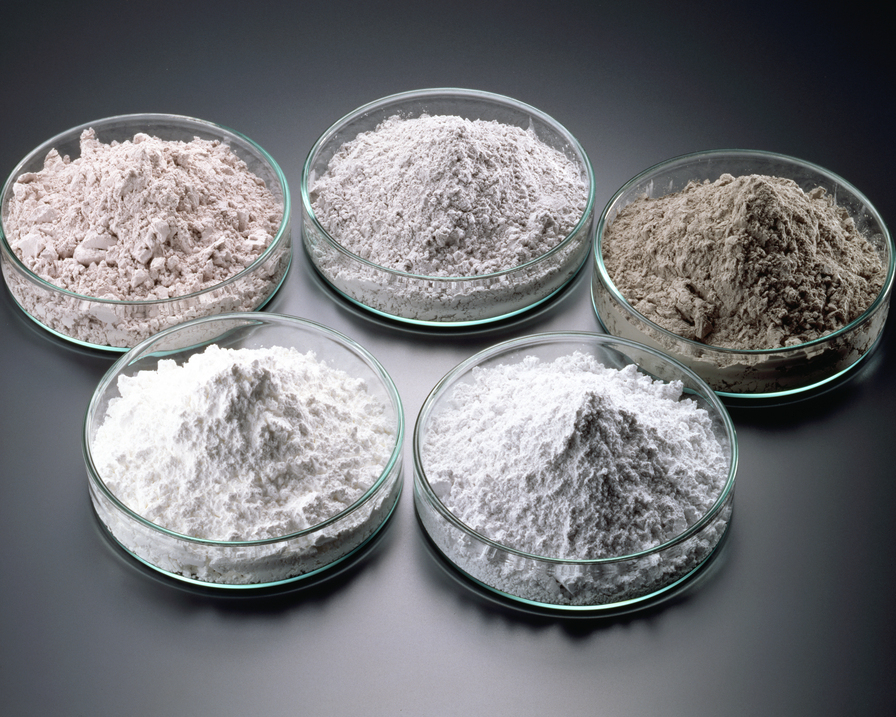
The softening point is the temperature at which the glass begins to soften and deform, which corresponds to the point at which the viscosity of the glass reaches 107.6 dPa·s.
In sealing applications, glass must soften and deform at a temperature that matches the heat resistance of the material being sealed. By carefully adjusting the composition and blending ratio of low softening point glass powders and special ceramic powders, we develop and provide low-temperature sealing glass products that are compatible with a wide range of sealing temperatures and coefficients of thermal expansion.